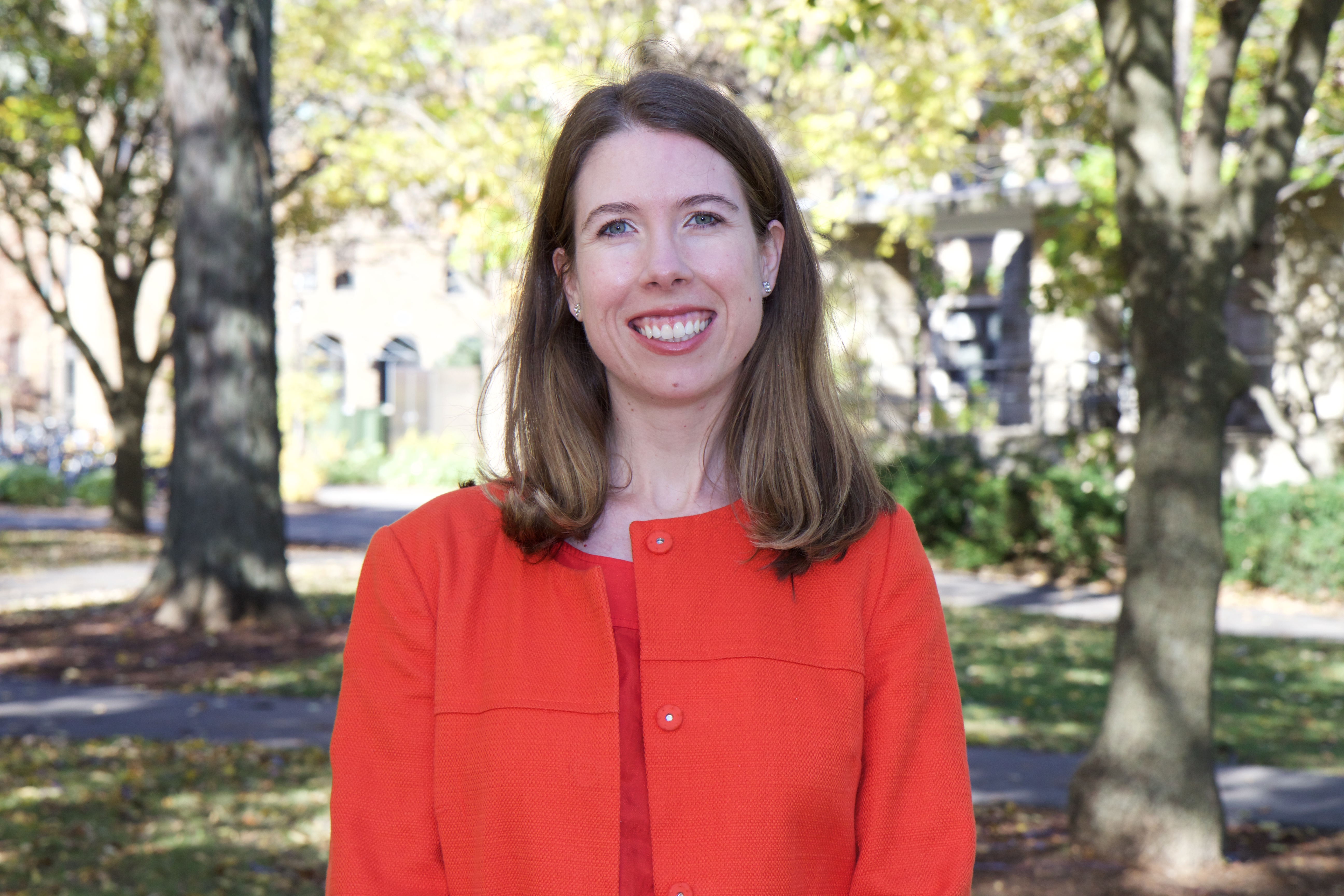Interorganizational networks have long been useful to community organizations, but do they really help

solve complex problems?
Kate Cooper, an assistant professor of communication studies, tries to answer this question and provide a practical approach to networking for nonprofits and other organizations in hernew book, “Networks for Social Impact” (Oxford University Press), co-authored with NorthwesternUniversity Professor Michelle Shumate. We spoke with Cooper, who teaches classes in small group communication, communication consulting and organizational communication, about the research that went into the book.
What got you interested in interorganizational networks?
Funders always ask nonprofits, ‘What are you doing to collaborate with others?’ That question always piqued my interest because working on problems collaboratively allows you to devote more resources and more expertise to the problem, and treat it in a more comprehensive way, right? In actuality, when you’re working for one of these nonprofits—which I did before returning to graduate studies—the actual coordination of these efforts is really difficult. A lot of research that Michelle and I have been doing together for about 12 years looks at whether these networks have actually had an impact, as opposed to just swapping resources and stories.
What are some of the difficulties of collaboration?
Eradicating a social problem may require stakeholders or approaches that are at odds with one another. This is something I observed, for instance, in my research on coalitions opposing gender-based violence. Even though we can all agree that gender-based violence is bad, if I’m working on bringing attention to the problem in terms of policy, maybe I’m looking for survivors to tell their stories. If I represent a legal organization, that’s the last thing I want to do, because I want to protect survivors’ identities.
Also, in general, it’s really challenging to measure organizational efforts in terms of whether it has been successful in combating a social problem, let alone the effectiveness of interorganizational efforts.
What could help make these collaborations work better?
One of the things that I feel passionate about is bringing funders into the conversation—and here I’m talking primarily about government funders and private foundations because they really love collaboration. The problem is that they don’t necessarily fund the infrastructure to support it.
We found some positive examples of this. For example, a group called the Chicago Benchmarking Collaborative that we feature in the book shares their experience of getting a funder to actually provide a common database where they could track their outcomes.
Another challenge is leadership. All the leaders already have jobs, so you need somebody to actually facilitate the network process. We address differences between power and resources among the organizations themselves. If you’re a small, niche organization, how can you be assured that your voice will have the same weight as an organization that is better known or better resourced?
What advice would you give to organizations that want to form a network?
There’s no “one size fits all” formula. We do recommend “pathways” to achieving social impact based on network resources and constraints, but ultimately, networks have many choices to make.
Every organization and individual has an agenda. We suggest that network leaders should acknowledge that fact, as well as expressing a commitment to the collective goal. That can actually help individuals and organizations increase their own opportunities.
Finally, networks should only be used when you have an opportunity to innovate, because if an organization could solve the problems on their own, they would.
Originally published in Conversations (Winter 2022).